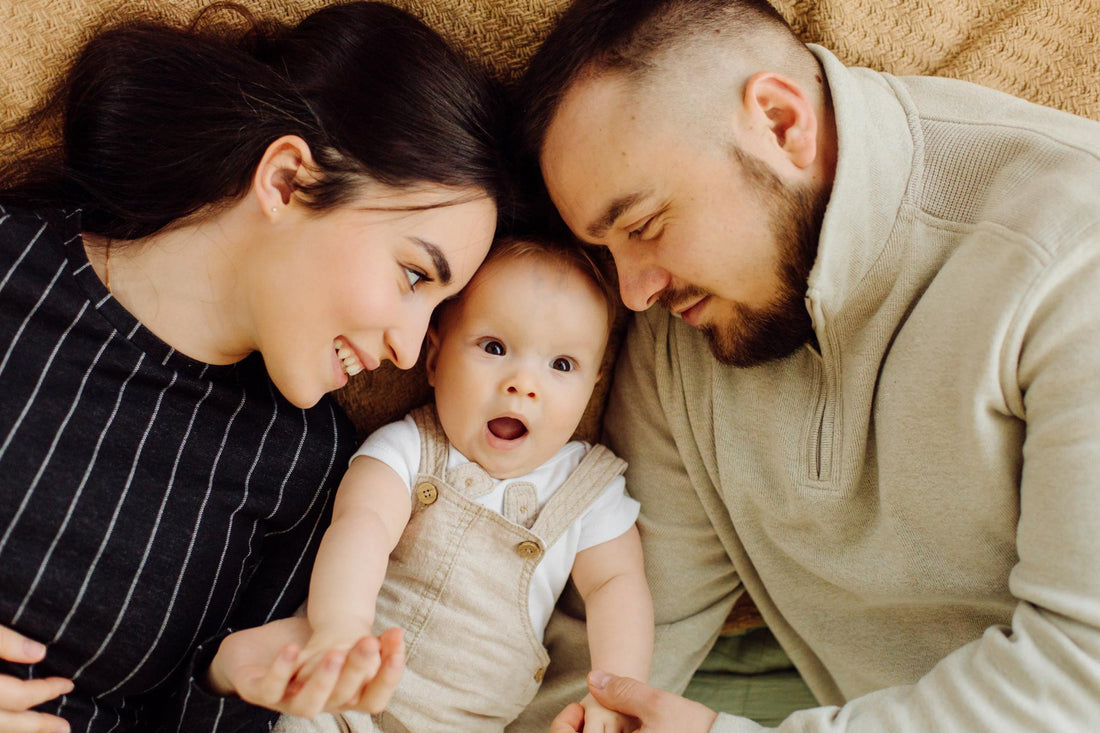Co-sleeping with a baby: what is it?
The 4 Types of Co-Sleeping;
1. Sharing a bed
2. Extension of the bed
3. The sharing of a room
4. Co-sleeping in certain situations
Being alone - Backwards
Their cribs
Sleeping in the same bed (co-sleeping) can be dangerous
-
Among the suffocation hazards for babies are soft or loose bedding, pillows, and mattresses for adult beds. The mattress, headboard, or wall can also trap or wedge an infant.
-
Sleeping deep is a real danger for exhausted parents, as is rolling over onto their baby (which could cause suffocation).
-
The risk of SIDS increases when you smoke and drink alcohol.

Sleeping with a partner has many benefits
-
SIDS can be reduced by 50%, which is one of the biggest advantages
-
Your baby will be more likely to have breathing difficulties if she sleeps next to you in her own room.
-
If your baby sleeps in your room, it will be easier for you to feed and wake him at night
-
Baby checks can be done more frequently and parents can sleep better, so they are more rested
Co-sleeping: How to Break It
-
Plan for late-night awakenings with both parents in mind. When the baby wakes up at night, be there for each other. As you encourage your baby's independence and self-reliance, remember that this is only one step. -
Decide which approach to take. The approach you choose depends on the temperament of your baby and the preferences of your family. In some cases, parents can reassure their babies in the crib in order for them to sleep better. -
your baby know what you have planned. Share the story of a baby who sleeps through the night. -
It is important to emphasize that the daytime is for fun and play, while the nighttime is for sleeping and resting. Whenever they accomplish something, praise them. -
You should provide your baby with a dark, safe place to sleep without blankets, bumpers, or stuffed animals. -
Make the baby sleep soundly by using a noise machine. -
Consistency is key. Choose an approach that feels comfortable to you and your family. The transition from a family bed to a crib can take up to three weeks, according to Dr. Wittenberg. -
Be calm and reassuring as your baby protests at first; this is completely normal. -
You should always consult your pediatrician if you are unsure about what to do.
Co-Sleeping Myths
1. You’re Going to Spoil Your Baby
2. There is a dependency created by co-sleeping
There is a set bedtime for the entire family
5. You will sleep with your child for the rest of his or her life
Co-Sleeping is Done Safely
Breaking the co-sleeping habit
Co-sleeping products that are safe
-
Mini Nina Sena -
It's a breeze with 4Moms -
Swaddled in Ergobaby -
A sleep sack made of oilo
As a final thought
Also Read This Article Tips & Importance Of Spending Quality Time With Child
Also Read This Article Crying Baby to Sleep: Tips and Techniques

